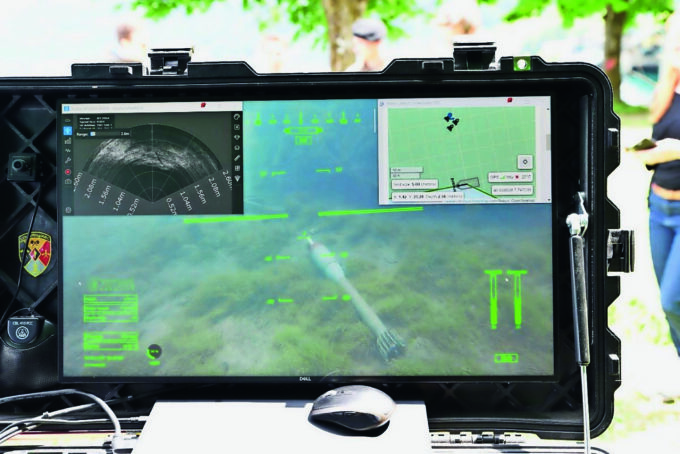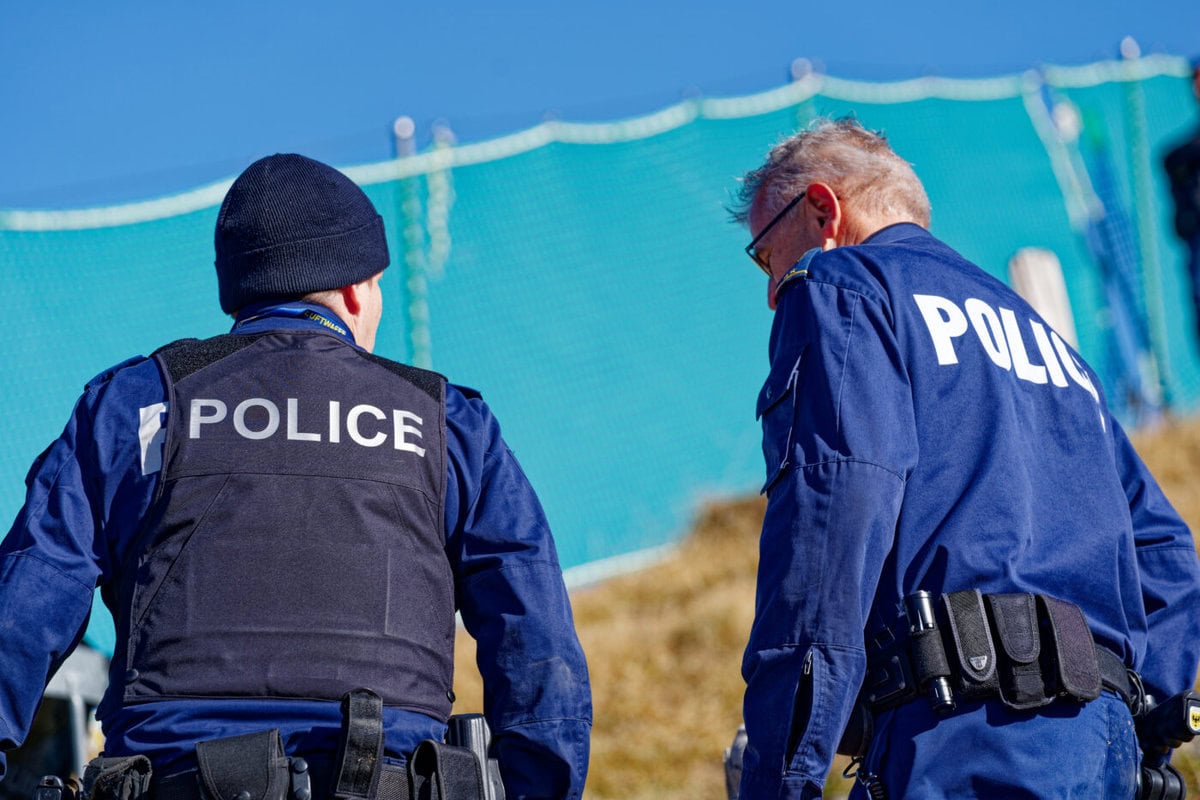"Switzerland is in a good position in the international environment".
Artificial intelligence, drones, networked platforms and robotics are just some of the "emerging trends" in private industry. But how is the Federal Office of Armaments responding to new technological challenges? In the interview: Martin Sonderegger, head of armaments at Armasuisse.

Mr. Sonderegger, what do you see as the most defining technological megatrends currently benefiting both the military environment and private industry?
Within the Federal Office of Armaments, Armasuisse, employees of the Science and Technology Division track and assess current and future technology trends. They have identified a total of 13 megatrends that are central to the development of armed forces. Many of these have a dual-use character, i.e. they are of interest for civilian as well as military applications. Particularly noteworthy in this context are: secure networking of cyberspace with physical components; the handling of big data and artificial intelligence; applications of robotics in civilian and military scenarios; and the development of green energy to achieve the Confederation's climate targets.
Technology change and proliferation are taking an exponential form. How does the "acceleration factor" affect military procurement cycles?
Military systems are usually in operation for several decades. However, it is often their technological components that rapidly become obsolete. This development can only be partially addressed by accelerating the armament process. On the one hand, when procuring new systems, attention must be paid to their development potential and open interfaces. On the other hand, new approaches are needed to integrate modern technologies into systems. In this context, the term agile development is often used. The Department of Defense, Civil Protection and Sport (DDPS) has been working for a good year on establishing innovation processes, whereby these are to be designed as openly as possible in the sense of a broad idea generation. Among other things, the Swiss Society for Technology and the Armed Forces (STA) is holding innovation days with the support of Armasuisse Science and Technology. These days give private industry the opportunity to actively participate in these innovation processes. The aim of this approach is to bundle the necessary state-of-the-art competencies in Switzerland and to make the process of finding solutions to the challenges facing the armed forces more agile. In this way, we gain experience in dealing with new technologies in our environment and save time when introducing them.
What trends from security-related industries are shaping development and how are federal steering tools being used to strengthen the security-related technology and industrial base (STIB)?
In principle, the trends can be related to the future requirements of the armed forces. To assess these, Armasuisse has compiled the associated technologies on a list and assigned them priorities. Technologies from the areas of sensor technology, communication and information processing are in the foreground. However, technologies and industrial core capabilities that strengthen the Army's sustainability are of course also important. This list has been published as an annex to the offset policy and can be downloaded from the Armasuisse homepage.1 It helps, for example, in the allocation of multipliers in offset deals, with which counter deals in the area of security-relevant core technologies can be promoted even more strongly. STIB can also be strengthened via the newly revised federal law on public procurement. For example, targeted domestic procurement can give better consideration to domestic companies if they are important for national defense or for safeguarding Switzerland's public interests.

How are academia and private industry involved in promoting innovation for the Army?
Involving universities and private industry is a matter of course in an open innovation approach. To this end, we use various innovation spaces, such as competitions or Idea Labs. However, industry should also be actively involved in the implementation of innovative solutions. This starts with the production and integration of prototypes and the execution of test runs. Armasuisse also organizes events where industry can present its solutions, such as last year in the field of drone defense at the Bure armory in the canton of Jura. In addition, Armasuisse also seeks partnerships with industry and universities in selected areas to promote innovation. The Cyber Defense Campus in Lausanne, for example, allows students from EPFL, employees from companies and from the DDPS to work together in shared spaces. The same is currently being realized in Zurich. The involvement can therefore be manifold. Both universities and industry are important partners for the innovation process.
The development of robots and autonomous weapons systems is advancing rapidly. Modern warfare is likely to undergo striking changes as a result. What developments is the Swiss Drone and Robotics Center (SDRZ VBS) working on?
The Swiss Drone and Robotics Center monitors international developments on a broad scale. Although it does not itself advance any research and development projects in the direction of autonomous weapon systems, an assessment of such systems in current conflict areas remains an important task for assessing the threat they pose. For this reason, the SDRZ DDPS is focusing, among other things, on defense against micro and mini-drones. However, the focus will be on support tasks where humans can be kept out of dangerous situations or relieved of dirty and monotonous work through the use of robots. In concrete terms, this could be in the area of disaster control or genius and rescue. Robots can search buildings in danger of collapsing, rescue injured people, clear away debris at danger points, monitor areas or secure supplies. To this end, an annual event is held in a military environment, where new technologies from robotics are presented to an interested public in a rubble village. Both universities and private companies participate in this event.
Where does Switzerland stand in the environment compared to the international environment?
Thanks to consistent research and innovation promotion by the State Secretariat for Education, Research and Innovation, Switzerland is well positioned in the international arena. In an international comparison, Switzerland is repeatedly attested to have a high level of innovative strength. Among other things, it has succeeded in attracting research institutes of very innovative companies to Switzerland, such as IBM, Google or Pixar. ETH Zurich is also considered one of the world's leading research centers in the field of robotics. The promotion of start-ups is bearing fruit in Switzerland. The conditions for Switzerland to get involved in the field of "emerging technologies" and to exploit them commercially in the form of market-ready products are therefore very good. Opinions differ as to the extent to which this will actually happen. Despite all the prophecies of doom, Switzerland's economic growth has been very good, which is probably due to both a high level of innovation and a liberal economic model.
1) Offset register
Offsets or industrial participation are all types of compensation transactions in connection with defense procurements abroad. To further strengthen transparency on the subject of defense procurement, informs Armasuisse, the Federal Office of Armaments, now also reports annually on the implementation of the DDPS armaments strategy.









